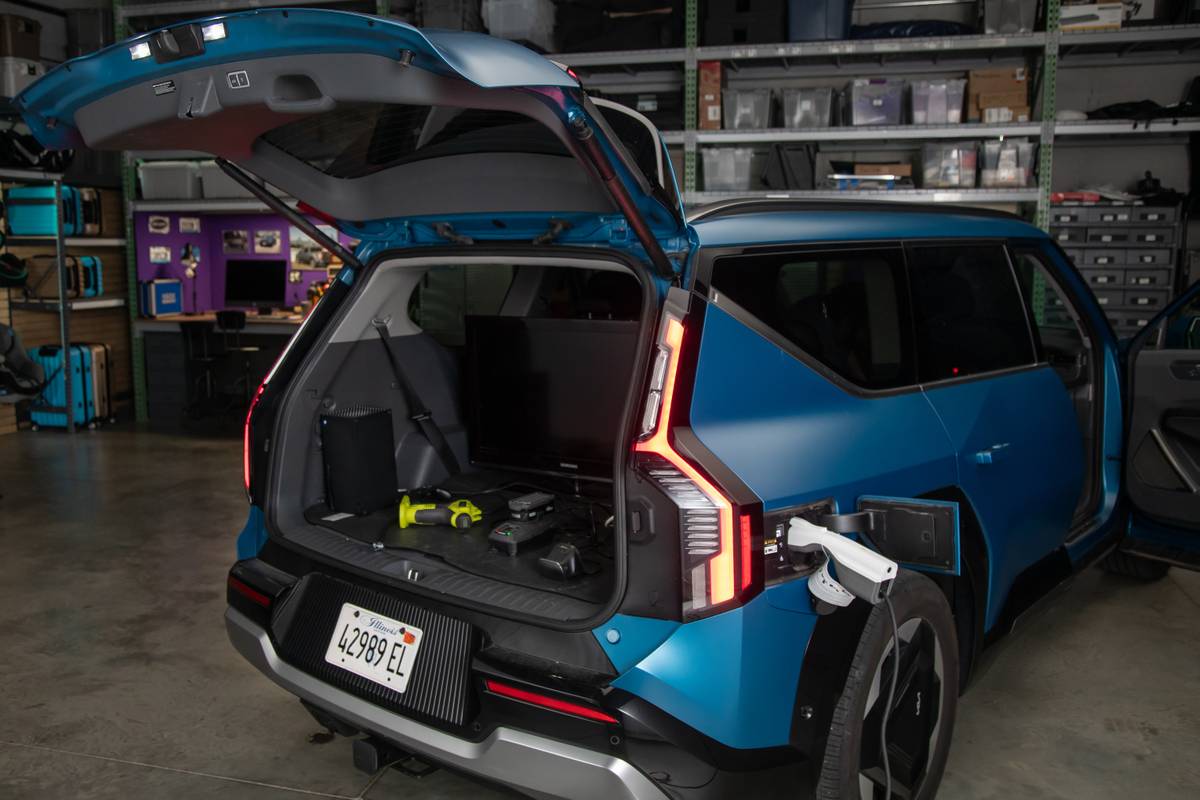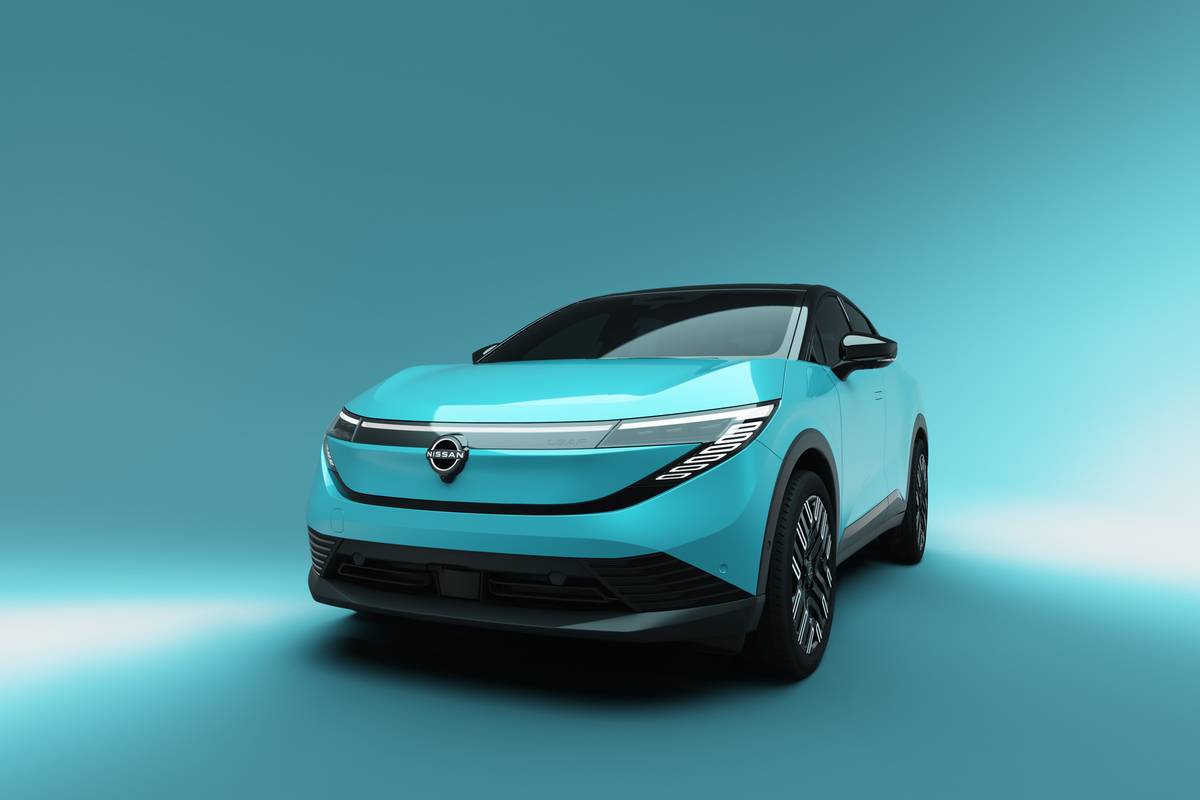washingtonpost.com's view
CORNWALL, N.Y. — The trouble with love at first sight is that it seldom reveals everything. What is missed in early, tingling moments of infatuation could prove upsetting later when the real work of love becomes . . . work.
Consider the 2009 Hyundai Elantra Touring five-door hatchback (a.k.a. small wagon, essentially the way the Elantra is sold in Europe).
I first met it in Paris in 2008, a place and time where and when it called itself the Hyundai i30.
I was smitten by its narrow waistline and smartly tapered rear end. It seemed the perfect automobile for urban driving, particularly in European cities where narrow streets abound.
I had no chance to drive the Elantra Touring then. But I had dreams.
I again met the pretty hatchback at one of Hyundai’s northeast regional product exhibitions in the United States. It was on display and therefore incapable of much by way of conversation or driving. But I smiled at it. I imagined it returning my visual display of affection. I knew we’d get together someday.
And we did have a fast and fleeting encounter. Like a first dance after a long glance, we shared a quick spin. There were no bumps in the road or heavy burdens upon us.
It left me hoping for more.
And so it came that the Elantra Touring was parked in my Northern Virginia driveway on a bright July day, uncommonly cool and dry for the season. Ria Manglapus, my Washington Post assistant for vehicle evaluations, was scheming to drive it, although a 510-horsepower Jaguar XKR coupe was simultaneously available.
Ria is no fool. The rear-wheel-drive Jaguar XKR gets 15 miles per gallon in the city and 22 miles per gallon on the highway and requires premium unleaded gasoline. The front-wheel-drive Elantra Touring gets 23 miles per gallon in the city and 31 miles per gallon on the highway running on regular unleaded.
We both did the math.
I had a long drive ahead of me. I needed a cheap, hopefully fun date. I chose the Elantra Touring.
It was the wrong choice.
The Elantra Touring is a nifty, nimble city runner. The more congested the traffic, the better it seems to behave. It can wiggle its way around almost any obstacle in daily urban motoring.
Also, the little hatchback (officially classified as a “compact”) isn’t as little as it seems. It can hold 65 cubic feet of cargo, as much as many compact sport-utility vehicles.
But “hold” is not the same as “carry.” Fitting cargo into a vehicle is one thing. The way that vehicle carries cargo is quite another. Think of it as the heavy lifting often required by the work of love. Many relationships collapse under the strain of carrying that load.
And so it was with the ill-chosen Elantra Touring, outfitted with a feathery suspension and a 2-liter, 138-horsepower, four-cylinder engine. Loaded with nearly 400 pounds of cargo, it became a right-lane queen on the highway. To say the very least, acceleration was wanting. And that was on straight, flat highways.
Uphill travel was miserable. I wheedled, cajoled, pleaded: “C’mon, move!”
But there was a communications gap. The Elantra Touring apparently never read or heard of Watty Piper’s tale of effort and persistence, “The Little Engine That Could” (a.k.a. “The Pony Engine”).
Instead of responding “Yes, I can!,” the little Elantra Touring engine whined, “Too hard, no way.”
By the time I arrived at my oldest daughter’s home here, I was ready to call it quits. The perfect city car had turned into a highway bum. It struggled up Mine Hill Road in second gear — the only gear in the hatchback’s five-speed manual transmission that seemed capable of moving it uphill under load.
And now, sitting in an upstairs study, forlornly eyeing the Elantra Touring parked on the driveway below, I am writing these words and dreading the return drive to Northern Virginia. It’s going to be a long, silent trip.
Latest news



